THISTLE ON THE EDGE OF THE RECENTLY PLOWED FIELD.
It was a hot mid-August day. After an hour of swimming and snorkeling, I went walking along the dusty roads that lead through the fields and meadows not far from the shore.
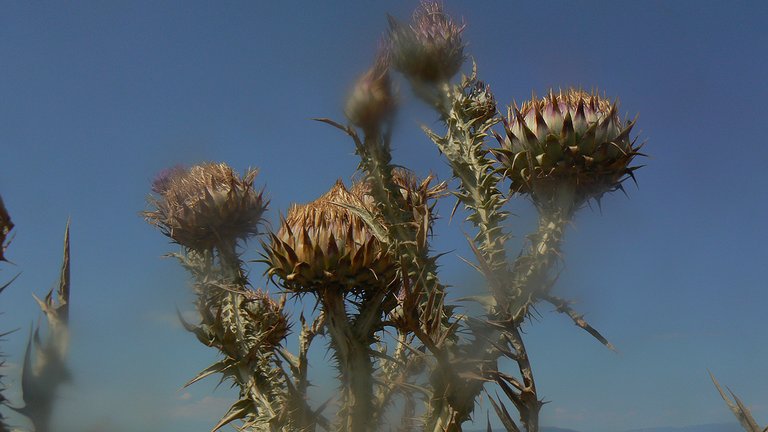
At one point I came across a pretty tall thistle that was constantly attracting plenty of insects ...
... and I spent all afternoon observing and photographing what was going on around that plant.
The thistle has grown by the side of the narrow path. It was the tallest thistle in the five to six meters long line of thistles along the edge of the field. Across the path, the terrain was covered with tall dry grass and various, equally dry, herbaceous plants, while on the other side, behind the thistle that ended up becoming the main protagonist of today's post ...
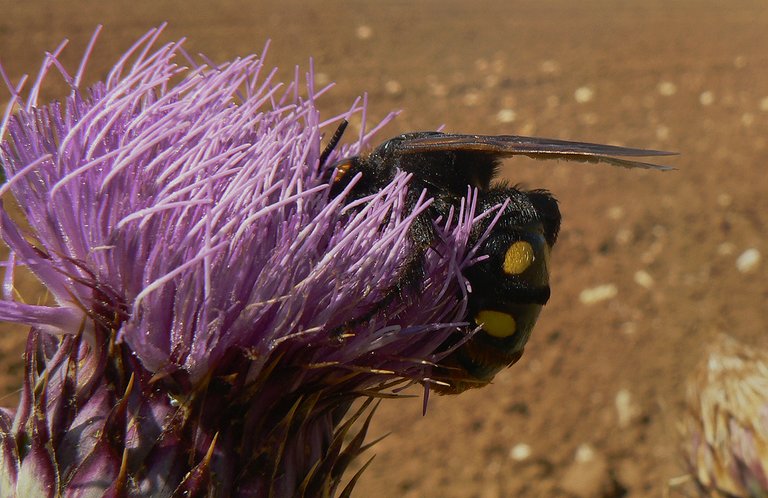
... you could see the reddish soil, recently prepared for planting cabbages.
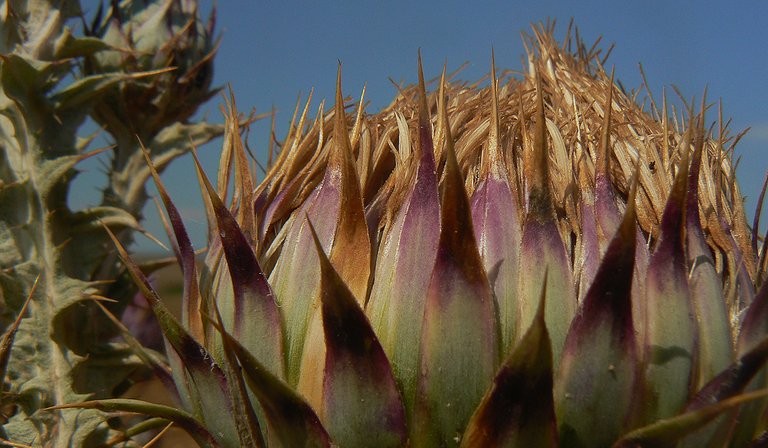
The thistle in question is the Onopordum illyricum, the most common type of thistle here in the area around my hometown. In the following set of four photographs ...
... you can see the most impressive insect I encountered today.
This is the Megascolia maculata ...
... commonly known as the mammoth wasp. It's big, hairy, and its long mandibles can look a bit like tusks from a certain angle.

Adult mammoth wasps feed on nectar, and big thistle flowerheads offer plenty of it. They are also the right size for the wasp to land on. This heavyweight insect has a bit of a problem when dealing with thin gracile stems and small flowers. Here in my area, I see them almost exclusively on thistles. I saw them feeding on the flowers of the blackberry shrub on a few occasions, and they were moving very clumsily in that environment.
In this photograph, besides the wasp that's collecting the nectar in the foreground, you can also see a bit of the summer scenery, blurred in the background. The little white thing behind the meadow is a camper parked closer to the shore.
In this set of six photographs, you can see the Megascolia maculata feeding by rotating on the flowerhead and exploring the tiny flowers.
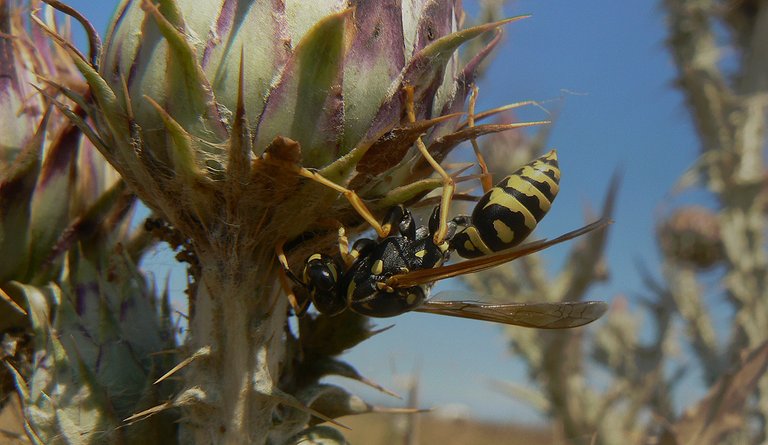
You can see a different kind of wasp in this shot. This is the Polistes gallicus paper wasp.
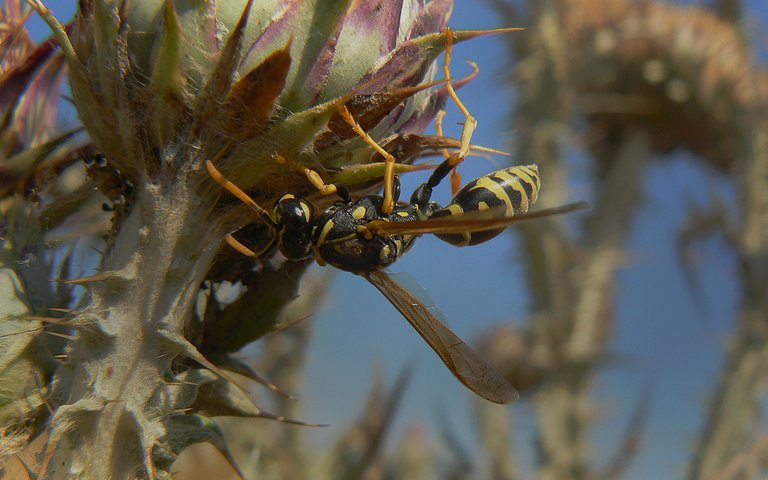
This female is probably searching for a place where to build the nest. The thistle, with its thorny leaves, offers a nice, protected hideout.
This is the Papilio machaon ...
... commonly known as the Old World swallowtail, one of the biggest butterflies that can be seen in Europe. Here where I live, it's getting rarer every year.

This bushcricket is also pretty big.
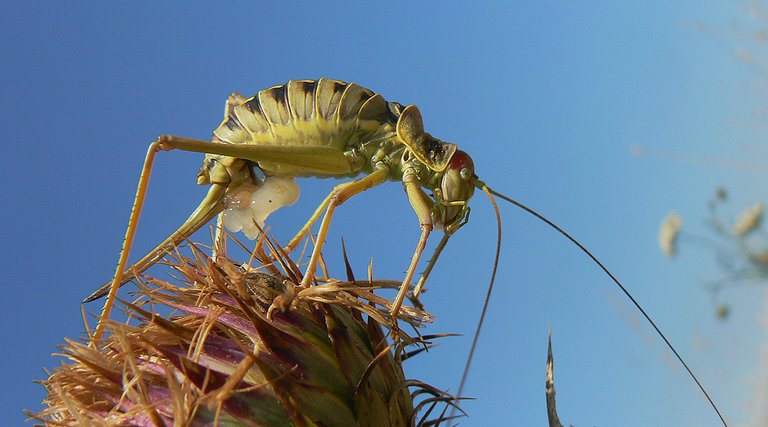
Here you can see it presented in a horizontal shot, because the insect looked better that way, but ...
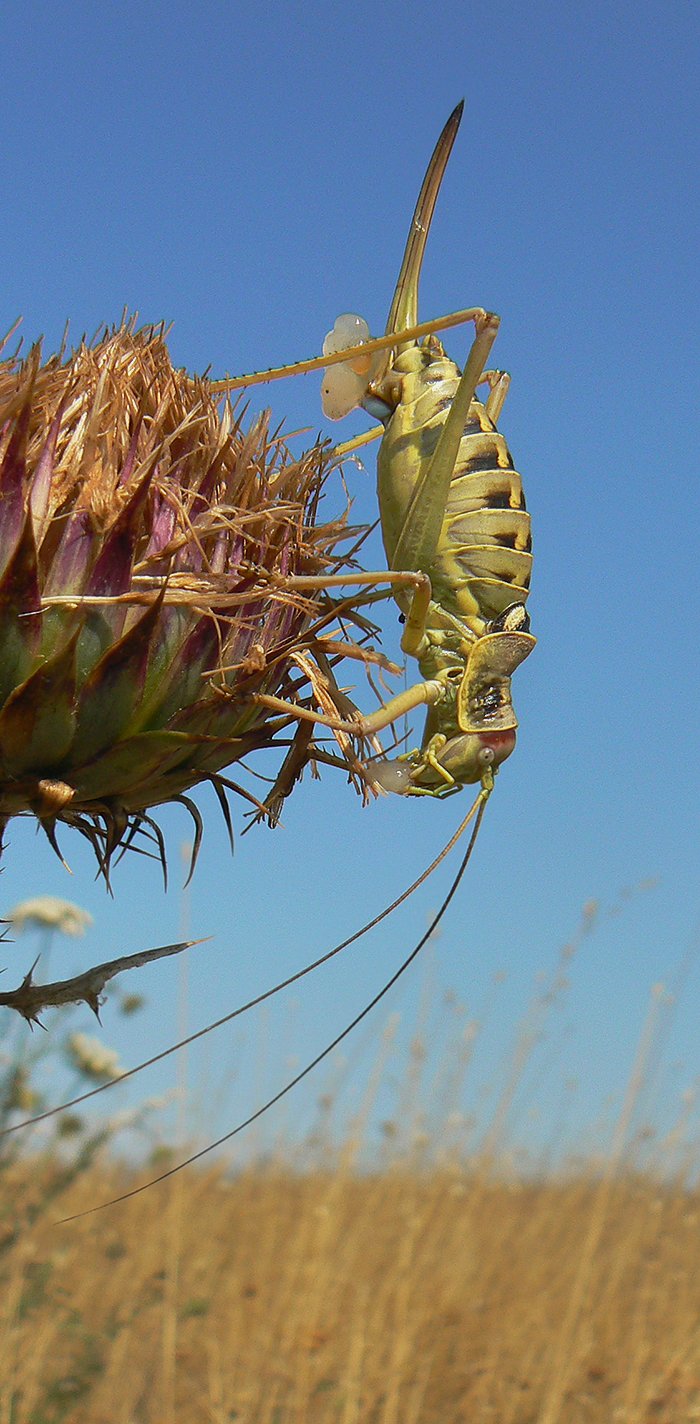
... but this is how the scene really looked. You can see the bushcricket feeding on some gelatinous substance in this shot.
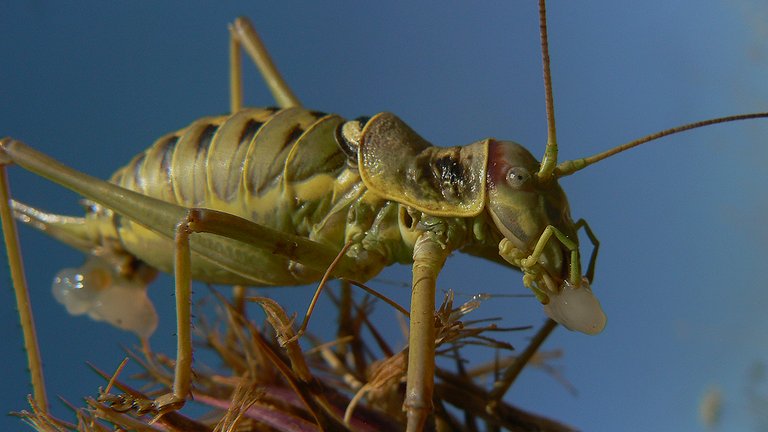
That thing is called spermatophylax. Is produced by males that offer them to females as nuptial gifts before the mating. The bushcricket shown in this segment of the post is a female.
The name of the species is Dinarippiger discoidalis. In the adult stage their atrophied, barely recognizable wings are unfit for flight but work very well as an instrument for the emission of chirping sounds. The bushcricket shown in the following photograph ...
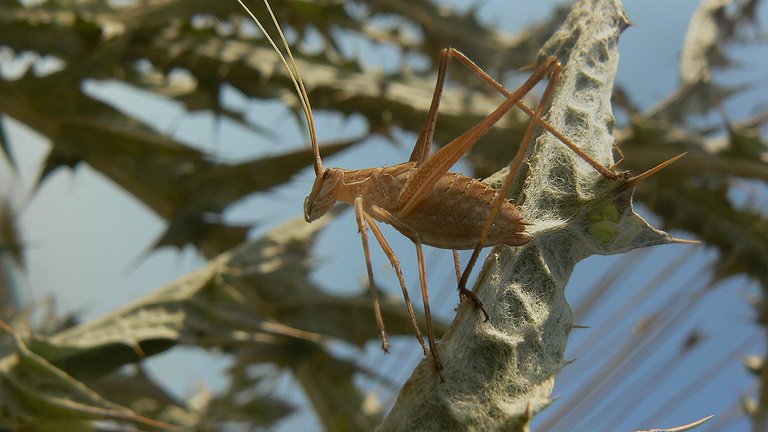
... also has very small wings that can't be used for flying but that's only because it's a nymph, the young, not completely developed version of itself.
As an adult, this Tylopsis lilifolia bushcricket will be able to jump and glide due to its well-developed hind wings.
Here you can see the butterfly that regularly visits the thistles in this coastal area.
The name of the species is Vanessa cardui.
Quite a few species of bees can be seen feeding on the Onopordum illyricum thistle. Today. I was able to photograph only three of them. In these two photographs and in the following set of six consecutive shots ...
... you can see a male of the Halictus scabiosae.

This is the Colletes hederae and in the following photograph ...
... you can see a species that I wasn't able to identify,
This is the Carpocoris purpureipennis, a bug from the Pentatomidae family.

Here you can see the Carpocoris purpureipennis bugs mating. The interestingly shaped bug shown in the following photograph ...
... belongs to the Coreidae family. The name of the species is Syromastus rhombeus.
This is the young wingless nymph of the Spilostethus pandurus, a bug from the Lygaeidae family.
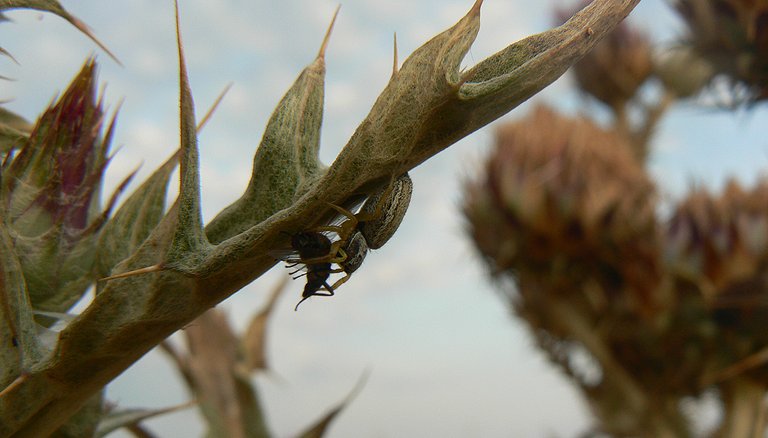
In this photograph, you can see a jumping spider with its prey. The small spider has caught a fly.

Another fly was resting on a nearby leaf.
When it comes to the jumping spider, the name of the species is Heliophanus requester. Can't tell you the same kind of information when it comes to the flies.
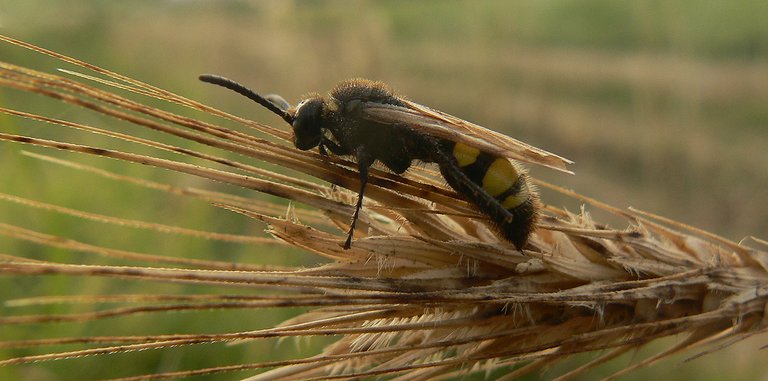
As the evening was approaching, some usually fast & frenetic insects were starting to slow down. Here you can see a wasp resting on the ear of grass.
This is the Scolia fuciformis, a species relatively closely related to the mammoth wasp, but much smaller in size.
As the diurnal insects were getting ready to sleep, some nocturnal ones started to appear on the scene. Here you can see a moth from the Erebidae family. The name of the species is Catocala nymphaea.
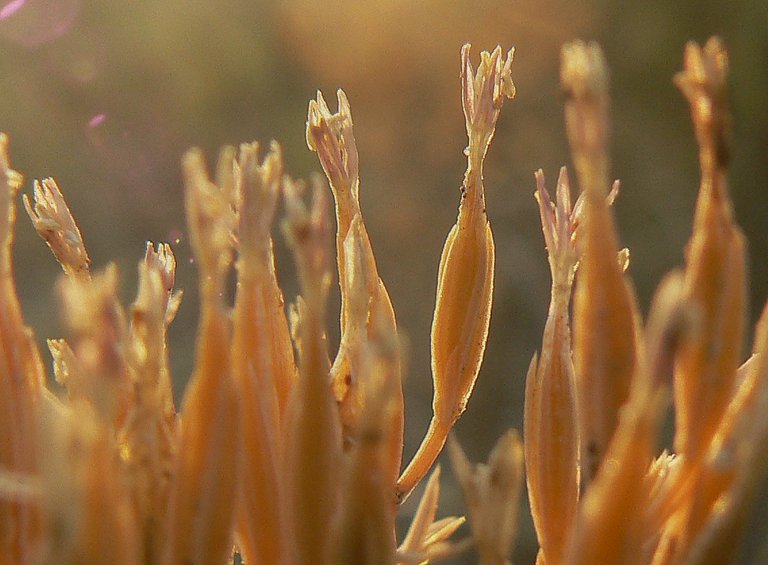
This is a detail from the dry Centaurium erythraea plant ...
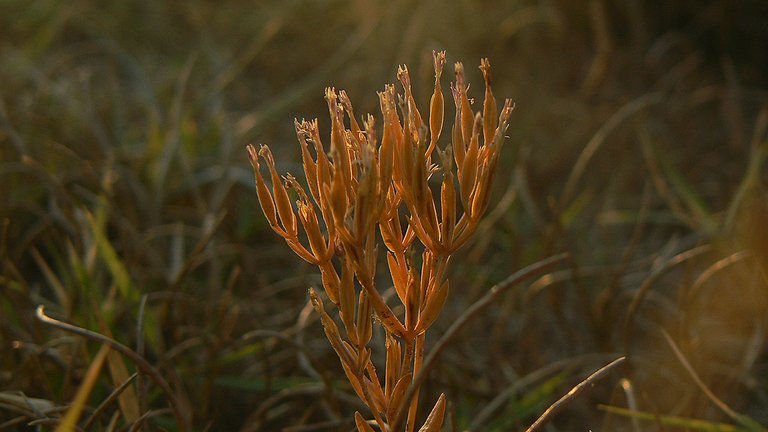
... photographed ten minutes before the sunset ...
... on the ground near the thistle.
The light was pretty low at sunset.
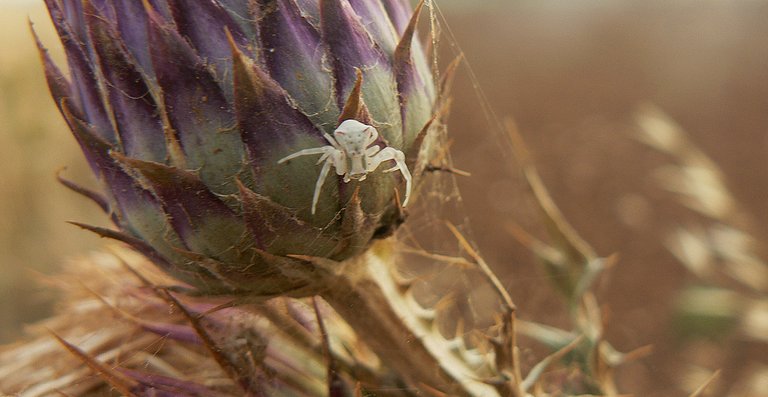
I had to use longer exposure when photographing small details so this small, juvenile Thomisus onustus spider ended up slightly blurred in this photograph.
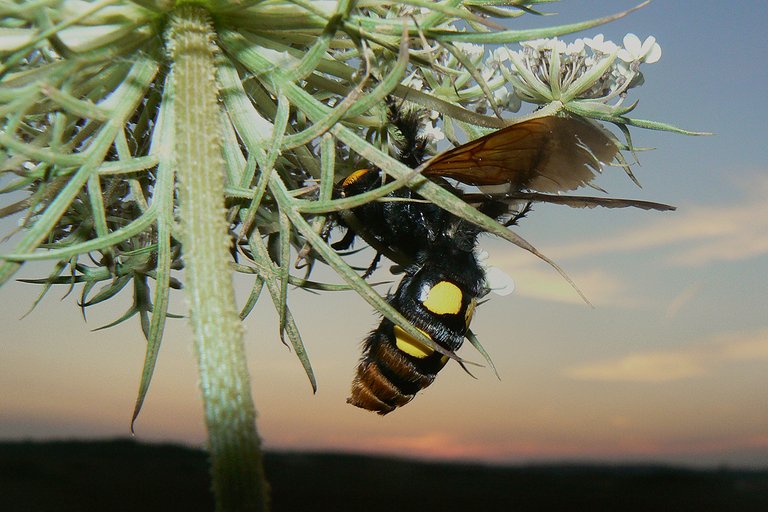
Megascolia maculata has decided to spend the night hidden under the wild carrot flowerhead on the other side of the narrow path that leads through the fields toward the sea. I used the flash in this photograph.
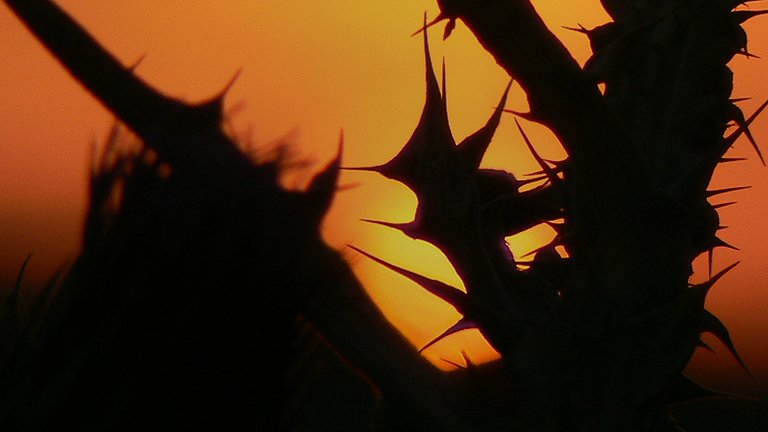
The night was very near so I decided to go home.
AND THAT'S IT. HOPE YOU ENJOYED THIS OUTDOOR ENCOUNTER WITH THE PLANTS, SPIDERS, AND INSECTS FROM MY AREA. AS ALWAYS HERE ON HIVE, THE PHOTOGRAPHS ARE MY WORK.
The following links will take you to the sites with more information about some of the protagonists of this post. I found some stuff about them there.
https://en.wikipedia.org/wiki/Onopordum_illyricum
https://en.wikipedia.org/wiki/Mammoth_wasp
https://en.wikipedia.org/wiki/Polistes_gallicus
https://en.wikipedia.org/wiki/Papilio_machaon
https://www.inaturalist.org/taxa/1477722-Dinarippiger-discoidalis
https://en.wikipedia.org/wiki/Tylopsis_lilifolia
https://en.wikipedia.org/wiki/Vanessa_cardui
https://bwars.com/content/halictus-scabiosae
https://en.wikipedia.org/wiki/Colletes_hederae
https://en.wikipedia.org/wiki/Carpocoris_purpureipennis
https://www.britishbugs.org.uk/heteroptera/Coreidae/syromastus_rhombeus.html
https://www.inaturalist.org/taxa/141760-Heliophanus
https://www.gbif.org/species/4505872
https://en.wikipedia.org/wiki/Catocala_nymphaea
https://en.wikipedia.org/wiki/Centaurium_erythraea
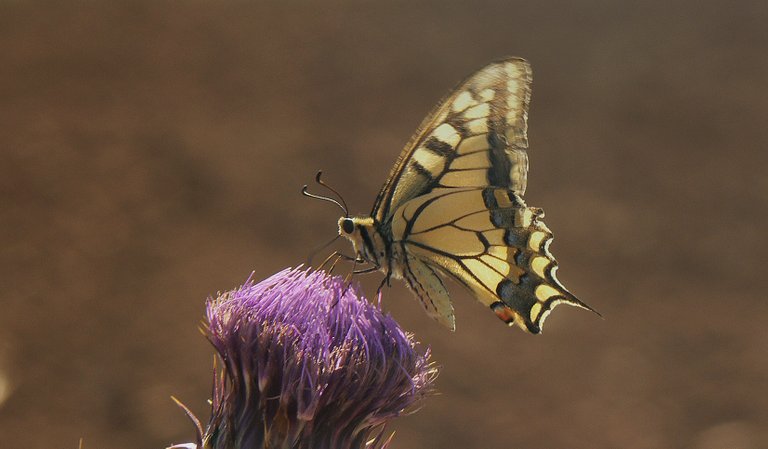

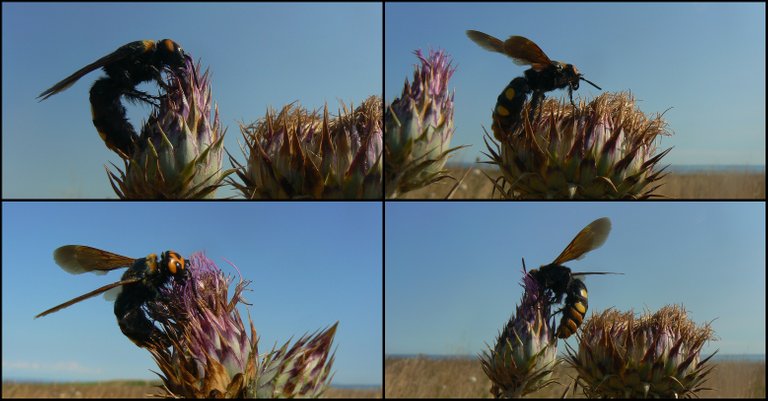
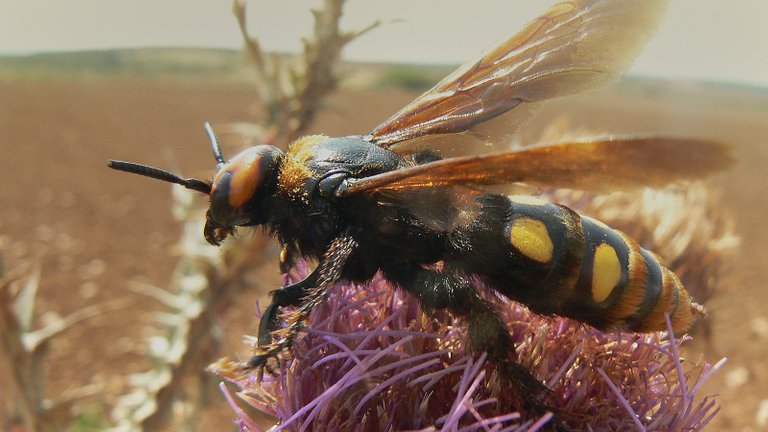

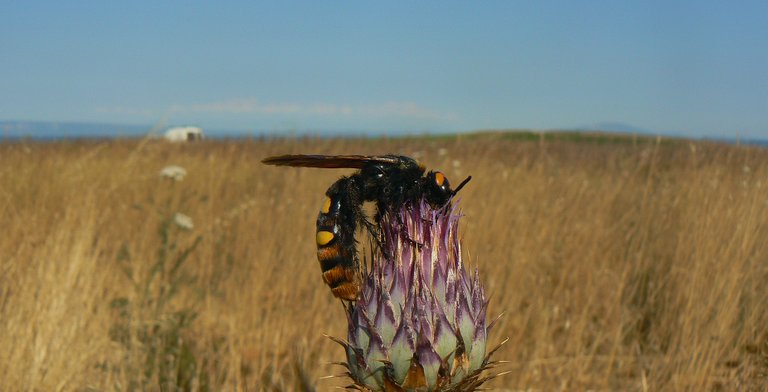
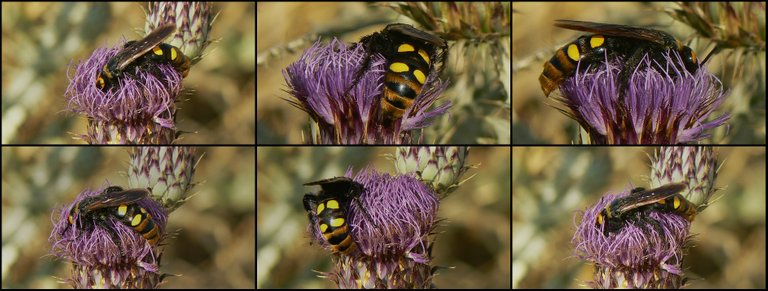

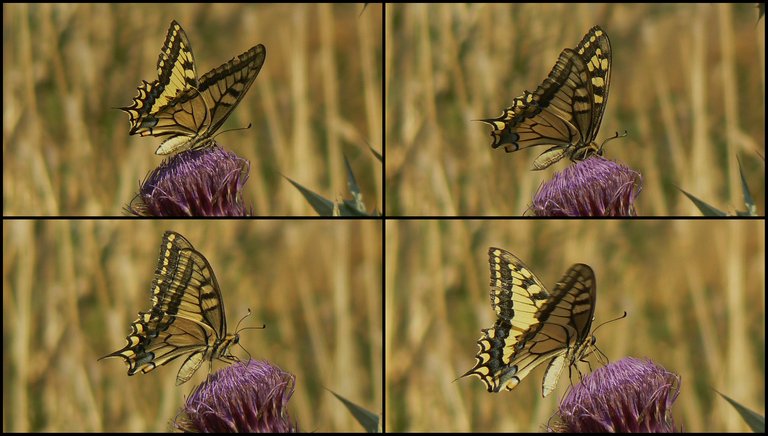
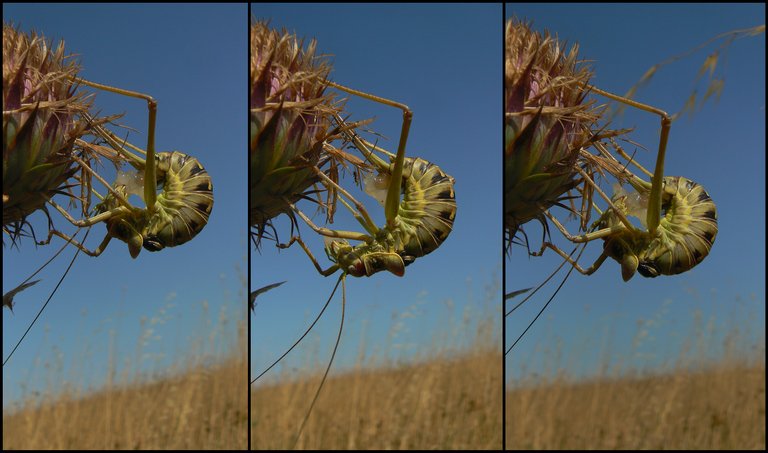

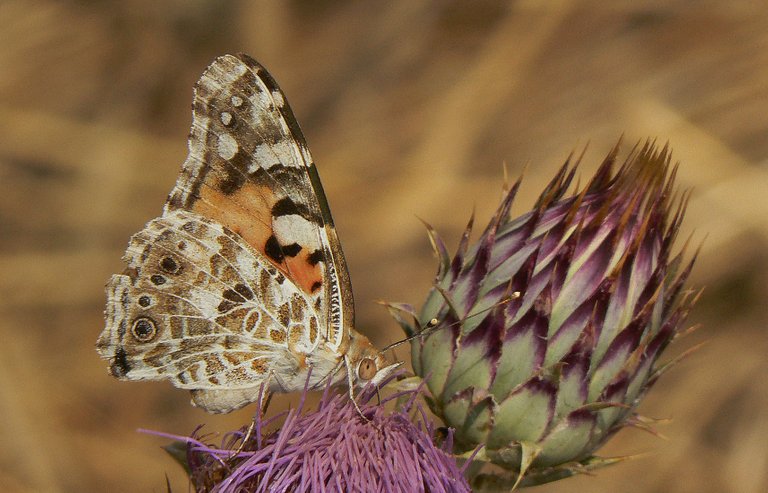


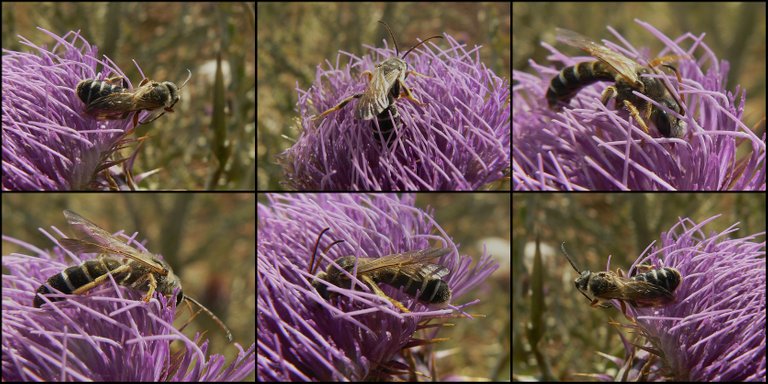
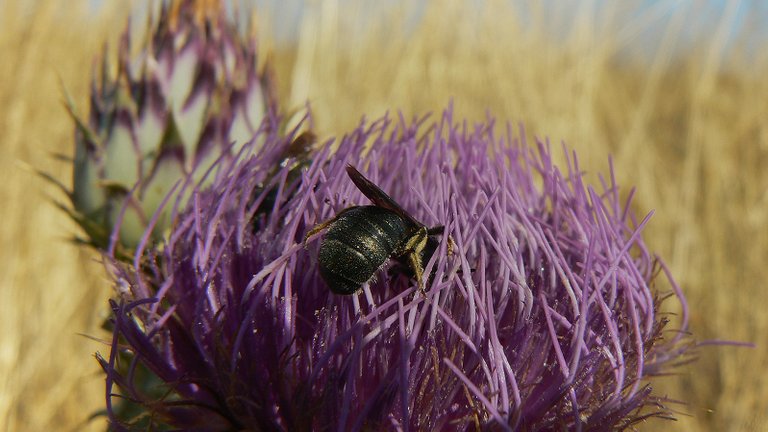
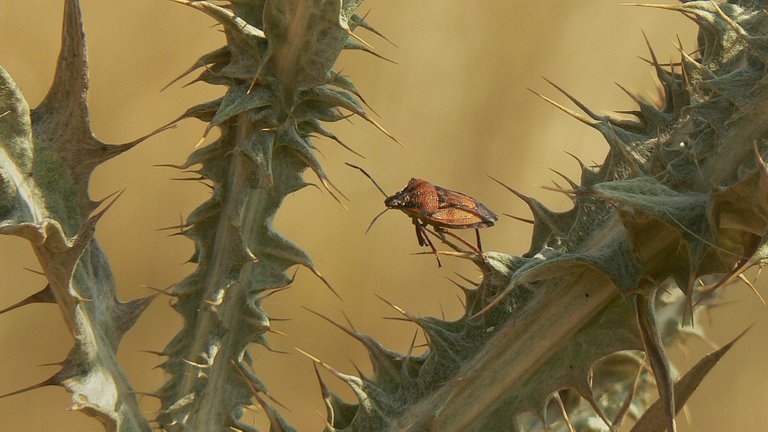
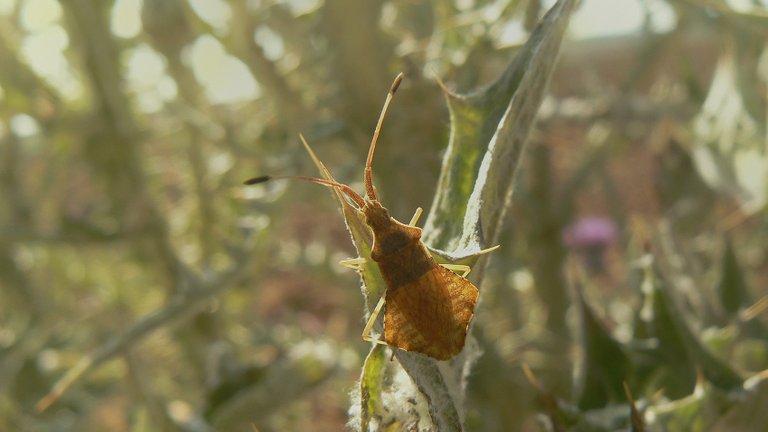
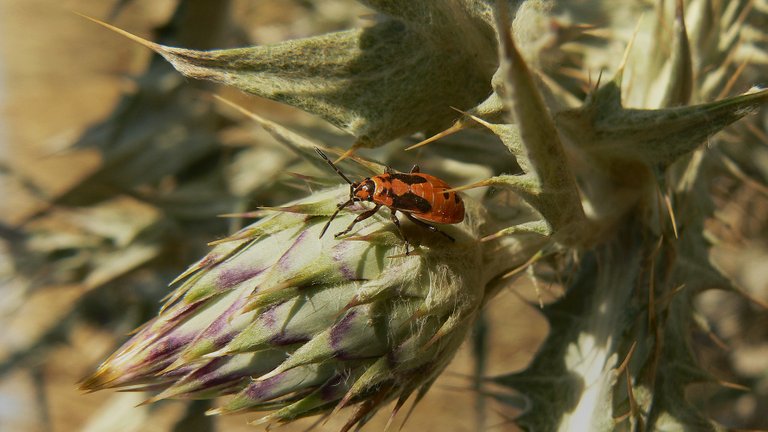
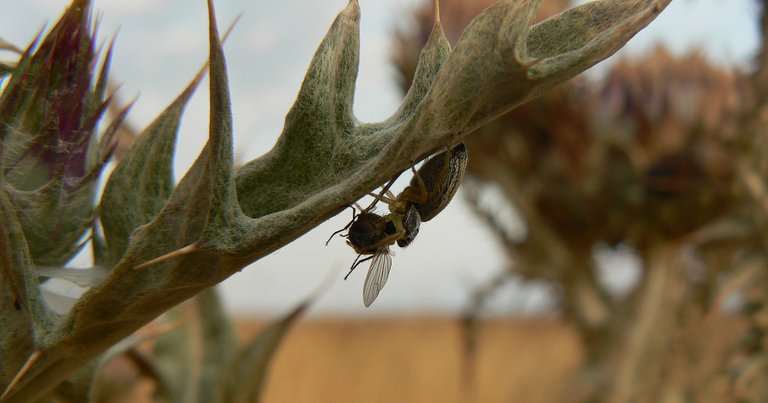
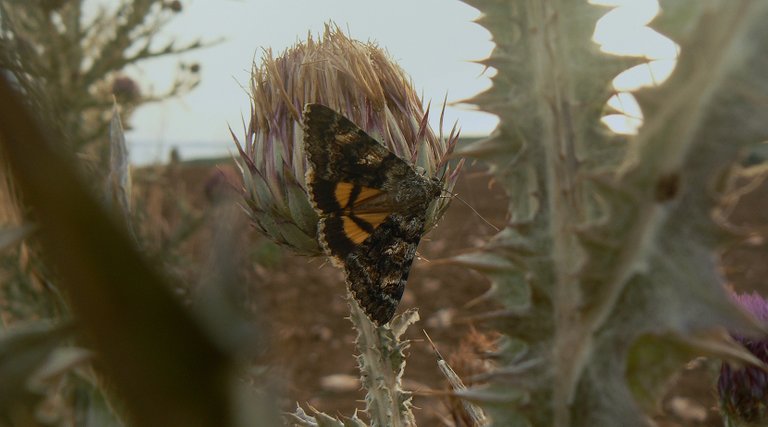
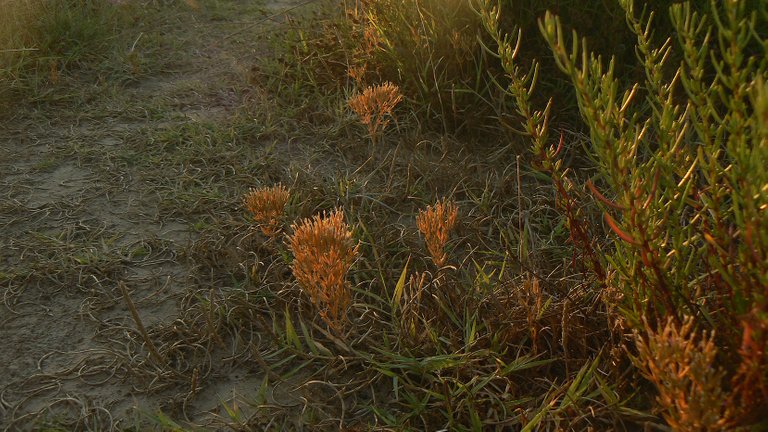
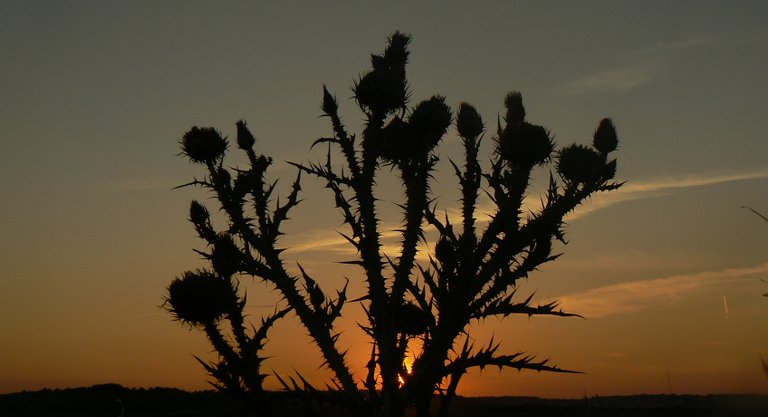
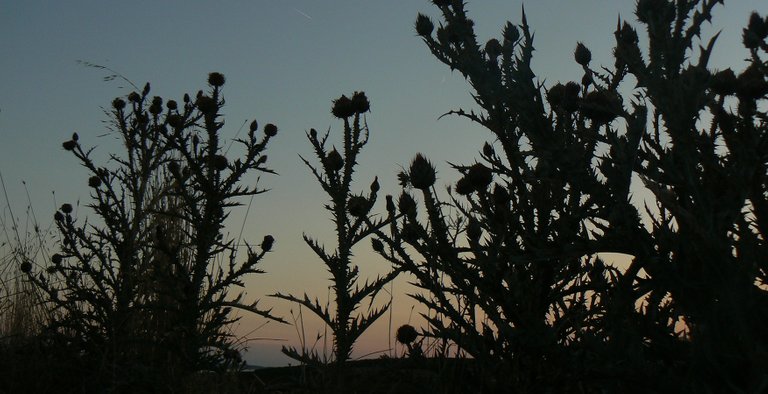
!discovery 30
This post was shared and voted inside the discord by the curators team of discovery-it
Join our Community and follow our Curation Trail
Discovery-it is also a Witness, vote for us here
Delegate to us for passive income. Check our 80% fee-back Program
This post was curated by Visual Shots to support your work.
Manually curated by @dimascastillo90
Be part of our Curation Trail
| 25 HP | 50 HP | 100 HP | 200 HP | 500 HP | 1000 HP |
Loved seeing all the activity on this single plant. Very cool! Such patience!
Congratulations, your post has been upvoted by @dsc-r2cornell, which is the curating account for @R2cornell's Discord Community.
It sure is over weight!😂😂🤷♀️🤣🤣
What is this man! This photos are unbelievable!
I am pacified. It will teach me not post low quality staffs here..😭😭 Great job 👌👌
🙂 Thank you. Glad you like the post.
@borjan Great photography my friend!
Thank you 🙂 Glad you like the post.
I wonder how you always achieve these beautiful pictures
Did you ever learn photography?
These are too beautiful
I read some books about photography long ago, I looked at some tutorials on the Internet, and I practiced and still practice a lot. I mean, I photograph things very often. I never went to a school or course for photography, didn't do that kind of official learning.
Hi mate.. that's one of the most beautiful photos of a butterfly I've ever seen! You captured the image at the most perfect angle. Fantastic one of the wasp too. Actually all of them. As a photographer, do you snap multiple good photographs of a given object?.. or do you wait for that one perfect shot?
It depends. If everything is calm and quiet one or just a couple of shots can be enough. When the insects are in action, I take tens, sometimes even hundreds of shots while following them.
Wild (no pun intended loool).. some of the one's you share are really sensational!
Back to Nature with bugs, wasps and butterflies! So many insects interested in the large thistle plant, and with your detailed explanation I can now understand why they were so attracted there !LOLZ
Awesome shots Bro as always! 👌
lolztoken.com
They're always taking things literally.
Credit: lofone
@borjan, I sent you an $LOLZ on behalf of fun.farms
(1/10)
Delegate Hive Tokens to Farm $LOLZ and earn 110% Rewards. Learn more.
Great photographs, I love the photo of the butterfly.
https://twitter.com/lee19389/status/1689966137017012224
#hive #posh
Today was also a very hot August day because we went outside and it was very hot. You have captured all the pictures so well and they look so beautiful. Always glad to see your posts and increase my knowledge about insect's.
I always appreciate your sense of photography.
Wow. This is very nice a photography sir. @borjan